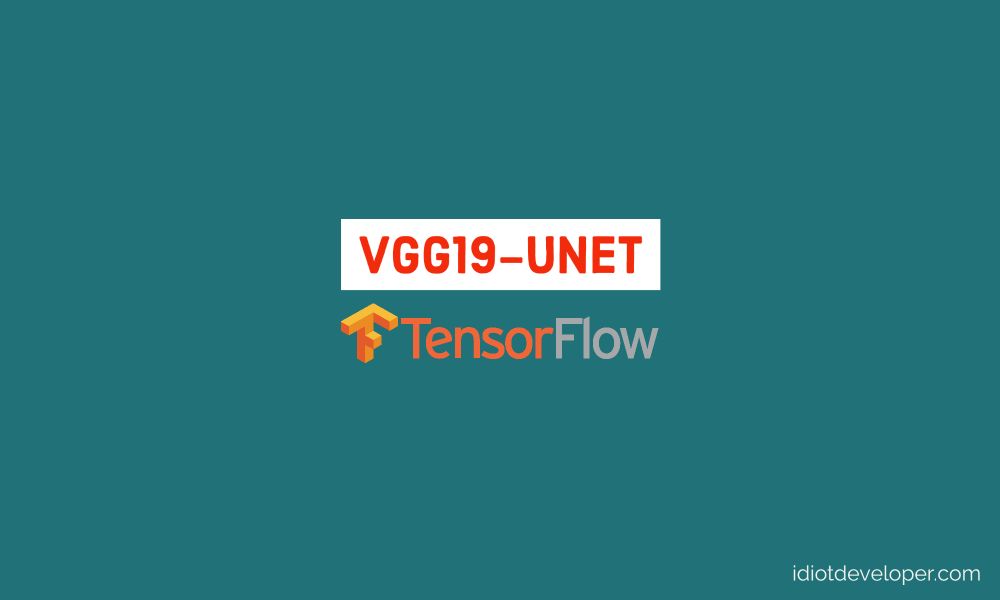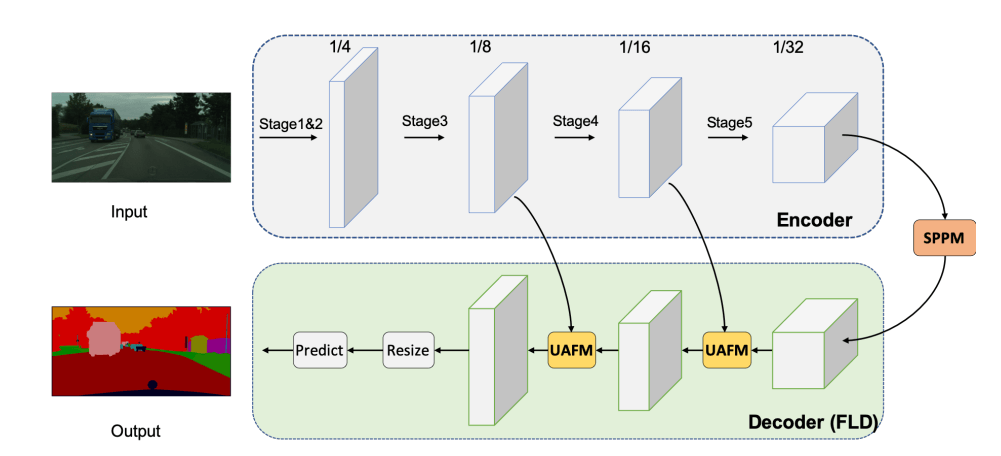Vision Transformer – An Image is Worth 16×16 Words: Transformers for Image Recognition at Scale
In this blog post, we are going to learn about the Vision Transformer (ViT). It is a pure Transformer based architecture used for image classification tasks. Vision Transformer (ViT) has the ability to replace the standard CNNs while achieving excellent results. The Vision Transformer (ViT) attains excellent results when pre-trained...










Hi Nikhil, Thanks for your dedications and explored very well. it is great helps to me. by Palani
ImportError: cannot import name 'load_data' from 'data' (C:\Users\Aravinda\anaconda3\lib\site-packages\data\__init__.py)
sir can you share a code of using squeeze and excitation network on custom CNN for a classification
Hey Nikhil, Very nice, to-the-point article on transfer learning. For a small size of dataset, an image augmentation along with…
Truly good blog short article and also valuable.